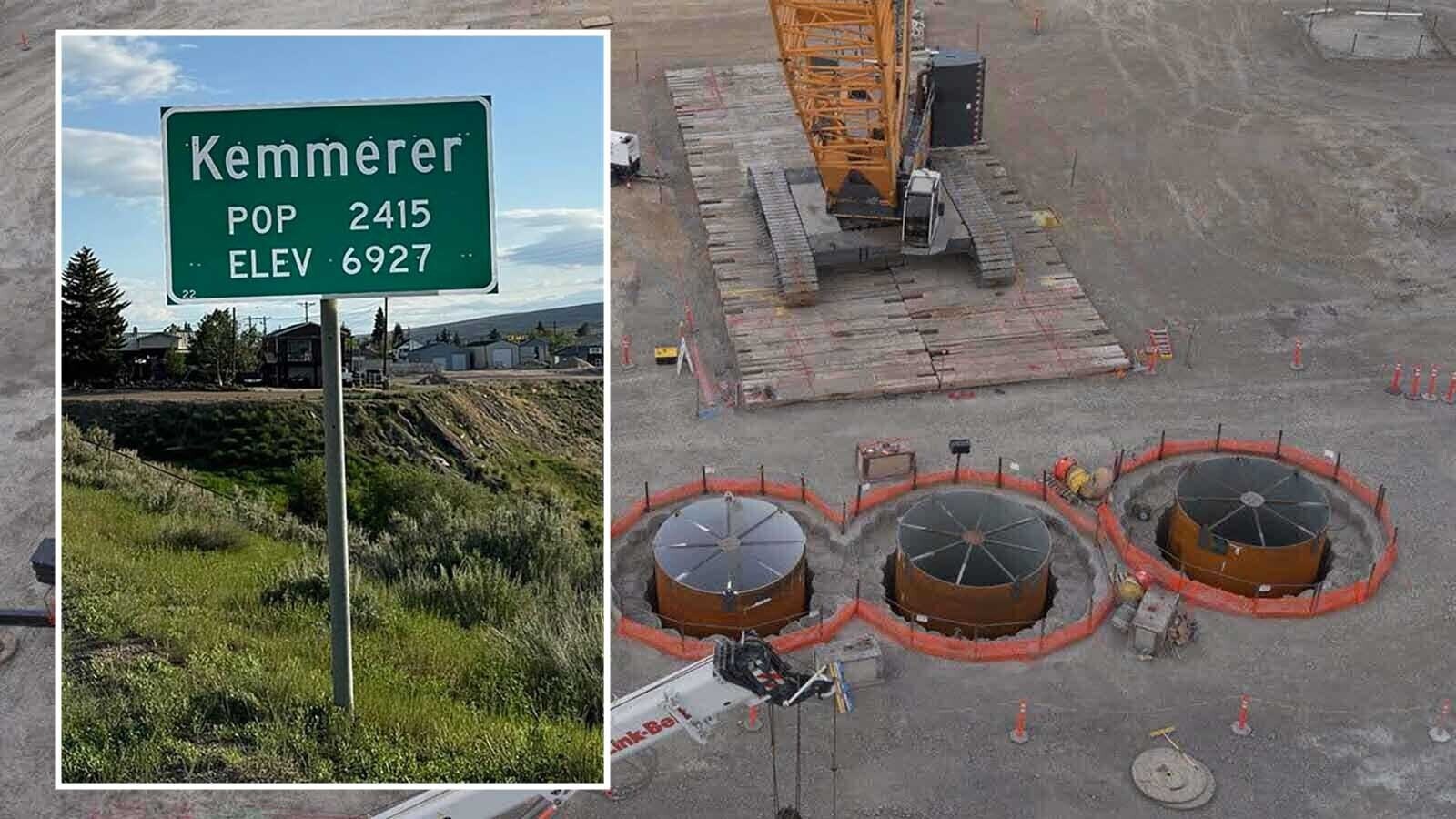Supporters of wind and solar energy initiatives are split on whether the Trump administration’s cancellation of renewable energy projects in blue states last week will impact Wyoming.
The Trump administration last week terminated roughly $8 billion worth of renewable energy projects in blue states. Many of these cuts targeted western states like Colorado, California and Oregon which did not vote for Trump in 2024.
While Wyoming has been a solidly red state, at least one group that advocates for renewable energy believes Wyoming may still feel the effects of the White House’s move due to its position on the Western Interconnection, according to the Environmental Defense Fund, a left-leaning nonprofit that looks for environmental and climate solutions to energy issues.
But leaders of Powering Up Wyoming, a group that also advocates for wind and solar energy, believe the state’s energy projects are too insulated and established to be impacted.
Western Interconnection
The Western Interconnection is one of three massive U.S. power grids which spans portions of Canada, the western U.S. and Mexico.
It is made up of a large, interconnected web of transmission wires which can help cities draw power generated elsewhere during times of high demand, according to information published by the U.S. Department of Energy.
The Rocky Mountain Institute, a left-leaning environmental think tank, wrote in September that because of the interconnected power sharing capabilities of the grid, all states on the western grid rely on one another.
“This constant, invisible balancing act is what makes the western grid so powerful: no state stands alone,” it wrote. “In moments of crisis, states support each other to keep the lights on across the West. As our demand for electricity grows from increased manufacturing, new data centers, and more, we will need more generation — and more regional transmission.”
Environmental Defense Fund Director Ted Kelly told Cowboy State Daily that Wyoming’s position on the grid means it will be forced to ramp up its energy production to compensate for the potential loss of power from other western states impacted by Trump’s move.
“These cancellations block projects to modernize the electric grid and deliver more low-cost, renewable energy to communities in Wyoming and the wider West,” he wrote via text message. “Meanwhile, the Trump administration just announced more than $600 million in subsidies to prop up old, costly and polluting coal plants."
The group, which called Trump’s actions unlawful and shamelessly partisan, said the impact of the cuts will punish a thriving renewable energy sector that has created thousands of jobs and generated billions of dollars in manufacturing investments.
Not So Fast
Mark Eisle, advisory board member for energy advocacy group Powering Up Wyoming, argued that it will take a lot more than a few federal cuts to challenge Wyoming’s energy dominance. He argued the Trump administration’s move simply reels in some subsidies that have long given renewable energy producers an advantage.
“I think we're pretty insulated,” Eisle said of Wyoming’s connection to the Western Interconnection. “We provide enough power for ourselves that we're almost either a seller of energy or a pass through for energy.”
“I think Wyoming is self-sufficient in its power, certainly self-sufficient in raw materials,” he added. “But I mean, if our coal trains weren't going out of state, we could not consume the power that coal generates.”
The rise of artificial intelligence data centers throughout the state could tip these scales, he added.
“Those guys use a lot of power,” Eisle said of AI technology companies. “People are concerned.”
While Wyoming remains a dominant producer of mineral energy, Eisle suggested the Trump administration’s cuts could present an opportunity to diversify into more renewable sources. He identified the proposed Laramie Wind Range Project, which was rejected by county commissioners last month, as one such opportunity.
“I'm kind of a fan of niche projects that fit in certain locations, willing buyer, willing developer, that sort of thing,” he said of the project. “Those families were looking for a way to help further the generations that live on that ranch.”
Cushion The Blow
The Trump administration’s announcement last week that it plans to inject $625 million into American coal developments and open 13 million acres of federal land for coal leases could potentially offset some of the energy impacts on the Western Interconnection.
Gov. Mark Gordon was among those who cheered the decision, touting its ability to bolster energy affordability and security across the state.
“Extending the life of coal-fired power plants is good for consumers, grid reliability, and coal communities,” Gordon said in a statement. “Wyoming is poised for a win-win-win with these new policies. Our production is strong and will get stronger — at the same time as national and international consumers clamor for renewable energy, our product best meets those needs.”
The governor also said, however, coal continues to be a difficult energy source due to its production of carbon dioxide and other pollutants. He also acknowledged a decreased federal royalty rate on coal will eat into revenue production from coal projects.
“The state has got a number of features of reduced revenues to it that are going to make this a very interesting budget session,” Gordon said.
Jackson Walker can be reached at walker@cowboystatedaily.com.





